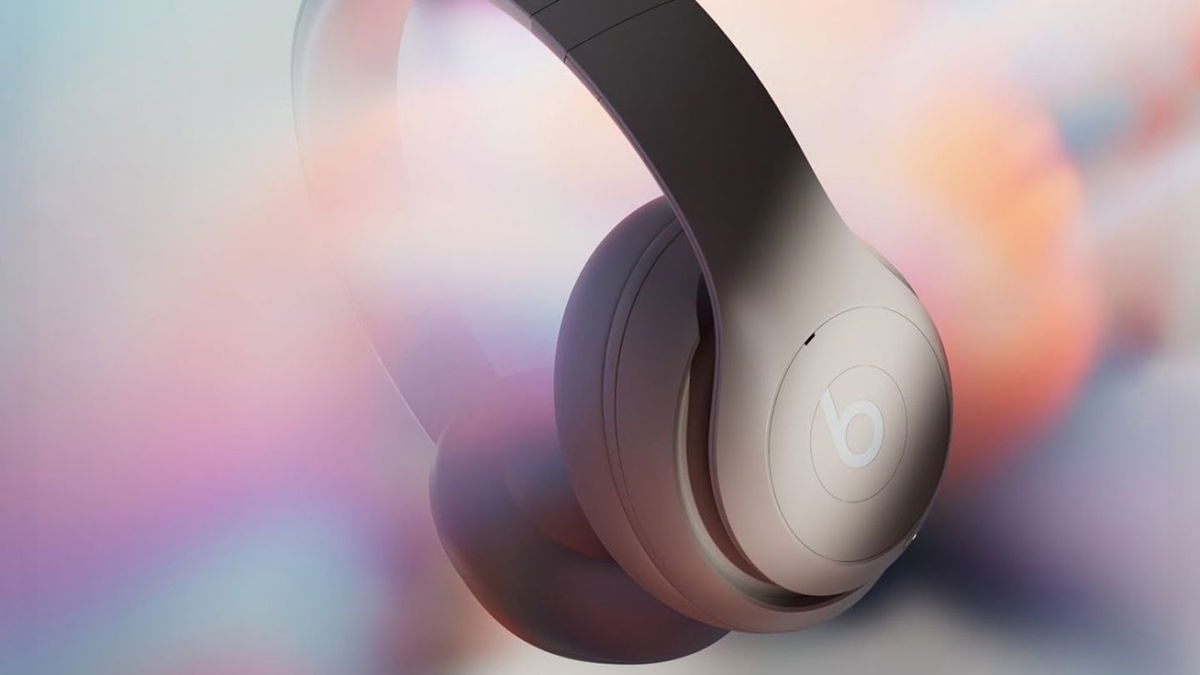Samsung formally presented UFS 4.0the next generation of flash storage technology that promises better performance and energy efficiency. Samsung reveals new specs for its ultra-fast memory on Twitter that they will not only arrive with faster read and write speedbut also with longer iPhone battery life and other Android smartphones.
According to the South Korean UFS 4.0 provides speeds up to 23.2 Gbps per lane., double that of the UFS 3.1 standard used in today’s mobile phones. “This bandwidth is ideal for 5G smartphones that require a lot of data processing,” the company said in a Twitter post.
Samsung has said that UFS 4.0 is supported by its 7th generation V-NAND memory and proprietary controller. In terms of performance, the memory of your future iPhone or Android It will reach read speeds of up to 4200MB/s and write speeds of 2800MB/s.. In practice, your mobile phone will access files or applications in less time and will not have problems processing large amounts of data.
With UFS 4.0, Samsung promises better mobile performance without sacrificing battery life.
While the numbers don’t tell the average consumer much, the implementation of UFS 4.0 marks a significant leap from UFS 3.1. Not only the data transfer speed, read or write speed is twice as fast, but also also energy efficiency.
UFS 3.1 currently offers a sequential read speed of 3.2MB/s per mAh, while UFS 4.0 reaches 6MB/s per mAh. The optimization ensures that memory chip will be more efficient and consume less powerextending the battery life of your mobile phone.
Samsung has confirmed that the memory UFS 4.0 will come in a compact package with maximum dimensions 11mm x 13mm x 1mm. Are measurements are lower than current memory chipswhich opens up the possibility for manufacturers to integrate new components.
This was announced by a South Korean. will begin mass production of its UFS 4.0 chips in the third quarter of 2022.. The good news is that we won’t have to worry about storage space, because Samsung promises up to 1TB capacity.
The first smartphone with this technology could be the Samsung Galaxy S23, followed by other top models from the company. Other manufacturers are expected to start integrating it into their models in late 2022 and throughout 2023.
Source: Hiper Textual













